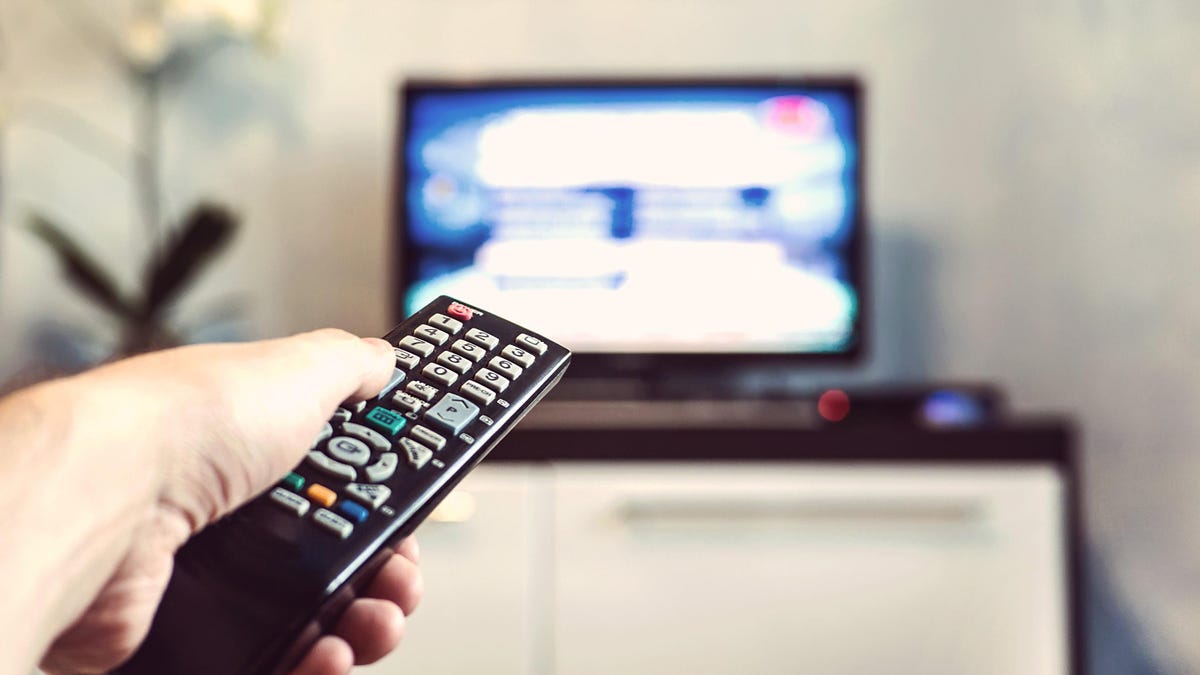Best Ways to Hear TV Dialogue

The good news is that you don’t lose your hearing. Bad news? Dialogue on television has been on the decline for some time, despite advances in technology. This happens for a variety of reasons, mainly due to the fact that actors don’t have to speak or articulate their lines as often – ironically, due to improvements in microphone technology.
However, there are still a few practical steps you can take to make your TV (or whatever sound system you use) better adapt to the muttering you might hear on your favorite shows.
Why is television dialogue so difficult to understand?
As Vox explains, actors no longer have to project their lines onto a single microphone, which was the norm back in the day when dialogue was much clearer (think of most classic films from the 1950s). There are now multiple microphones on set on top of wireless lavalier microphones that actors can hide in their clothing, meaning actors can mumble their lines knowing the sound will be picked up. There’s also “mixing,” which essentially means that a complex audio mix from movies must be compressed so that it can be adapted to things like your headphones. You can’t do anything about these problems, but you can do about the next problem.
The best speakers will provide better sounding dialogue
In the past, you had bulky TVs with large speakers facing the viewer. On the other hand, modern TVs are sleek in size with rear-facing speakers. Even if technology has made it possible to make speakers smaller, this will not necessarily lead to better sound. To immediately improve the sound quality of your TV, we recommend purchasing a soundbar. These speakers can improve dialogue and pronunciation with speech enhancement features. Some suggestions:
- If you’re looking for a great soundbar that won’t break the bank, check out the VIZIO 5.1 V-Series Soundbar from Amazon for $199.99. It features four separate audio units, including a subwoofer, and a speaker dedicated to audio, with an “adjustable dialogue equalizer” to make dialogue sound better.
- If you prefer a single soundbar, consider the ZVOX Dialogue Clarifying Sound Bar , currently on sale on Amazon for $179.88. It has a “SuperVoice Technology” setting that reduces non-voice background sounds for improved dialogue.
- For those looking for convenience, the $279 Bose TV Stereo Bluetooth Soundbar from Amazon has a “Conversation Mode” on the remote to enhance vocals.
Turn off dynamic range
Dynamic range is designed to give you the scale of the sound coming from your TV. If the explosion had the same volume as a whisper, the explosion would not be so dramatic. The problem is that dynamic range reduces dialogue to make the contrast with other sounds more obvious. You can disable these features in your TV and/or speaker settings. Each setting is different, but you should look in the settings for something called “Dynamic Range Compression” and turn it off. You can also have a “night mode” setting, which essentially does the same thing. This will compress the sounds and make them more similar, which will ultimately make the dialogue sound louder.
Adjust the equalizer to make dialogue sound better.
You can adjust the equalizer (EQ) on your TV or speaker settings to make your dialogue sound better. You don’t need to be an experienced sound engineer to do this. Essentially, lowering the bass and increasing the treble will help. High bass is the enemy of clear dialogue, and high frequencies are the audio range where most human voices typically fall. The bass starts on the left, the mids start in the middle, and the highs start on the far right. However, your TV likely has equalizer presets that will improve picture clarity without having to fiddle with separate controls. Any of these settings will improve the quality of dialogue: dialogue, news, speech enhancement, clear voice, or boost.